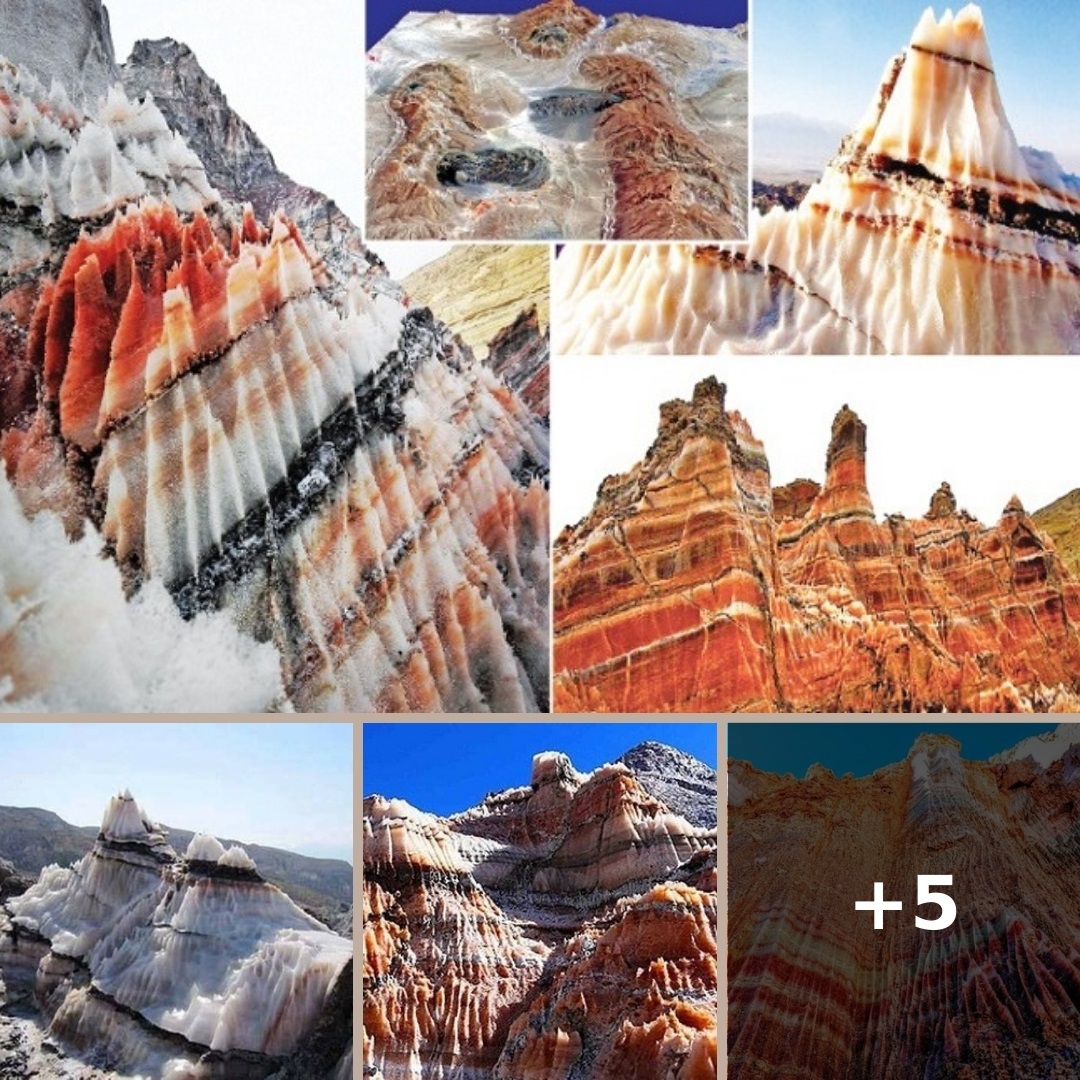The Zagros Mountains, stretching across southwestern Iran, are a magnificent display of geological phenomena. Among the most striking features of this range are the salt domes and salt glaciers that have shaped its unique landscape. These natural formations are not only geologically significant but also contribute to the region’s breathtaking scenery. In this article, we explore the formation, characteristics, and impact of salt domes and salt glaciers on the Zagros Mountains.

Understanding Salt Domes
Salt domes are underground salt deposits that have risen through the overlying rock layers due to their buoyant nature.
This geological process, known as diapirism, occurs over millions of years and creates distinctive dome-shaped structures. The Zagros Mountains host numerous salt domes, each with its own unique formation history.
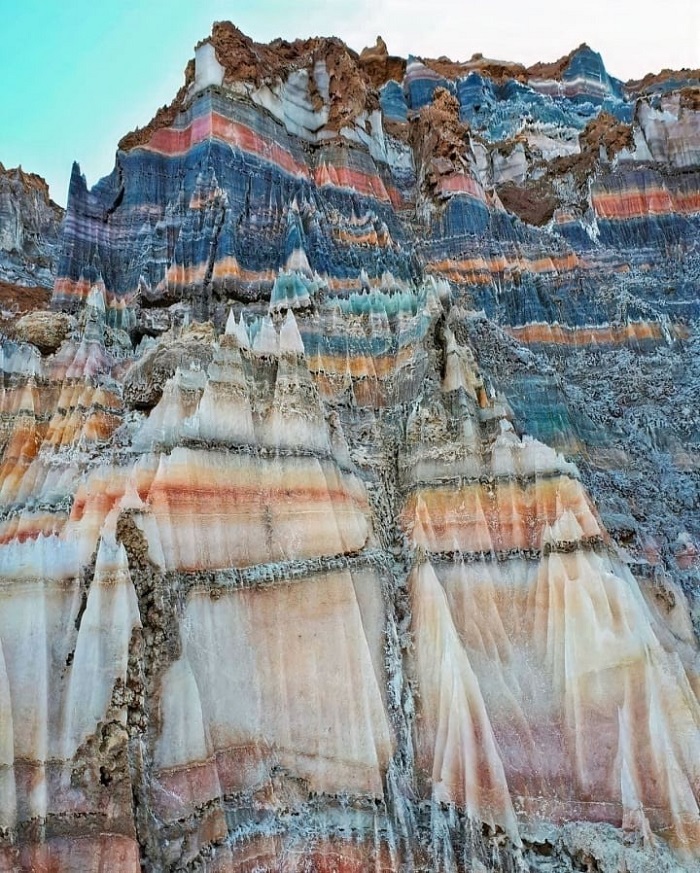
Formation of Salt Domes
The formation of salt domes begins with the deposition of thick layers of salt in ancient seas or evaporite basins. Over time, these salt layers become buried under sediments and subjected to intense pressure.
Due to the low density and high plasticity of salt, it starts to flow and push upwards through the denser overlying rocks. This upward movement creates a dome-like structure as the salt pierces through the sedimentary layers.
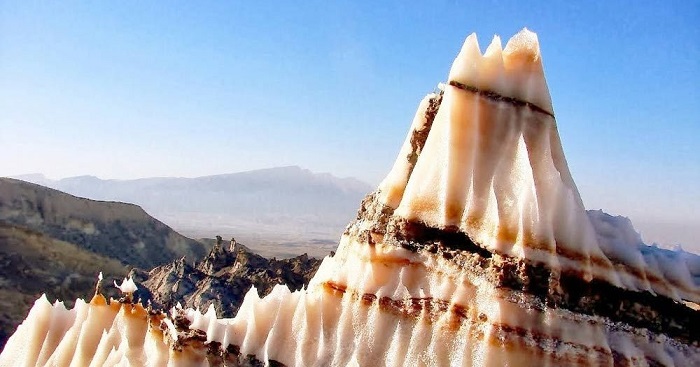
Characteristics of Salt Domes
Salt domes in the Zagros Mountains exhibit several distinctive characteristics:
1. Dome Shape: The domes typically have a circular or elliptical shape with a central peak.
2. Height and Size: They can vary greatly in size, with some reaching heights of several hundred meters.
3. Surface Expression: In some cases, the salt reaches the surface, creating a white, glistening appearance due to the exposed salt crystals.
The Phenomenon of Salt Glaciers
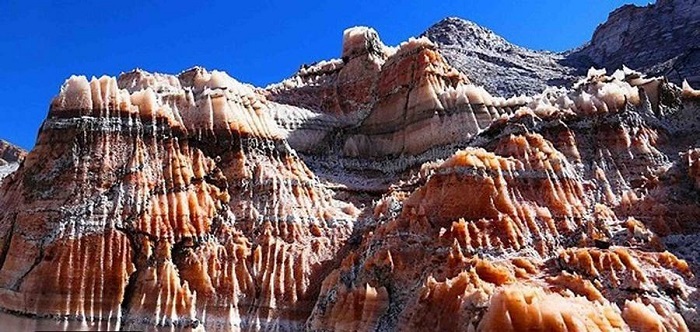
Salt glaciers, or salt flows, are another fascinating feature of the Zagros Mountains. These formations occur when salt domes reach the surface and the salt begins to flow outward, much like a glacier of ice. The result is a slow-moving river of salt that can stretch for several kilometers.
Formation of Salt Glaciers
When the salt from a dome reaches the surface, it is exposed to weathering and erosion. Rainwater dissolves the salt, causing it to flow downslope. Over time, this process creates a salt glacier, which moves at a slow pace due to the continuous dissolution and recrystallization of salt.
Characteristics of Salt Glaciers
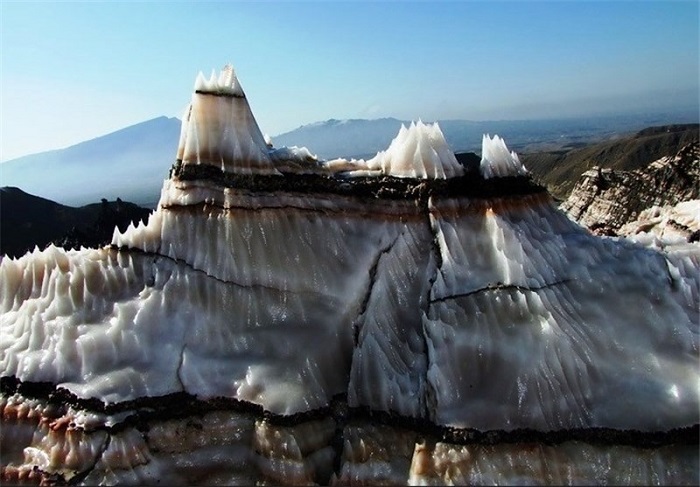
Salt glaciers in the Zagros Mountains display unique features:
1. Flow Patterns: They exhibit flow patterns similar to ice glaciers, with crevasses and lobes.
2. Surface Texture: The surface of a salt glacier is rough and crystalline, often covered with a thin layer of sediment.
3. Color Variations: The salt can appear white, gray, or even reddish, depending on impurities and sediment mixed with the salt.
Geological Significance and Impact
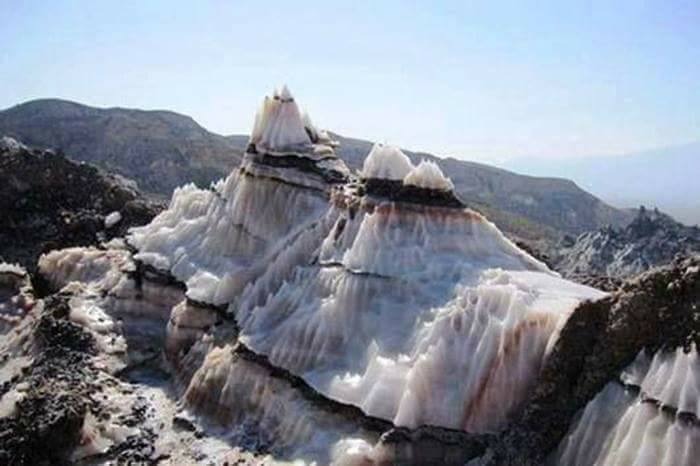
The salt domes and salt glaciers of the Zagros Mountains are of great geological significance. They provide insights into the region’s tectonic activity and the ancient environments in which these salt deposits formed. Additionally, they influence the local landscape and ecosystems.
Tectonic Activity
The Zagros Mountains are a result of the collision between the Arabian and Eurasian tectonic plates. The presence of salt domes and glaciers is a direct consequence of this tectonic activity, as the pressure and movement of the plates create the conditions necessary for diapirism.
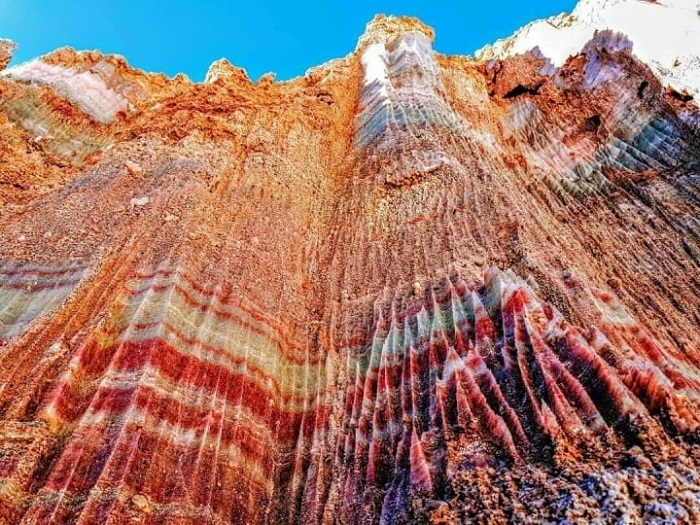
Landscape and Ecosystems
Salt domes and glaciers contribute to the diverse landscape of the Zagros Mountains. The stark white salt formations contrast with the surrounding rock and vegetation, creating visually stunning scenery. These features also impact local ecosystems, as the high salinity can influence soil composition and vegetation patterns.
The salt domes and salt glaciers of the Zagros Mountains are remarkable geological formations that highlight the dynamic processes shaping our planet. These unique structures not only enhance the natural beauty of the region but also provide valuable insights into the Earth’s geological history. As we continue to study and explore these formations, we gain a deeper appreciation for the complex and ever-changing nature of our world. Whether you are a geologist, a nature enthusiast, or simply someone who appreciates the wonders of the natural world, the salt domes and salt glaciers of the Zagros Mountains are sure to captivate your imagination.
